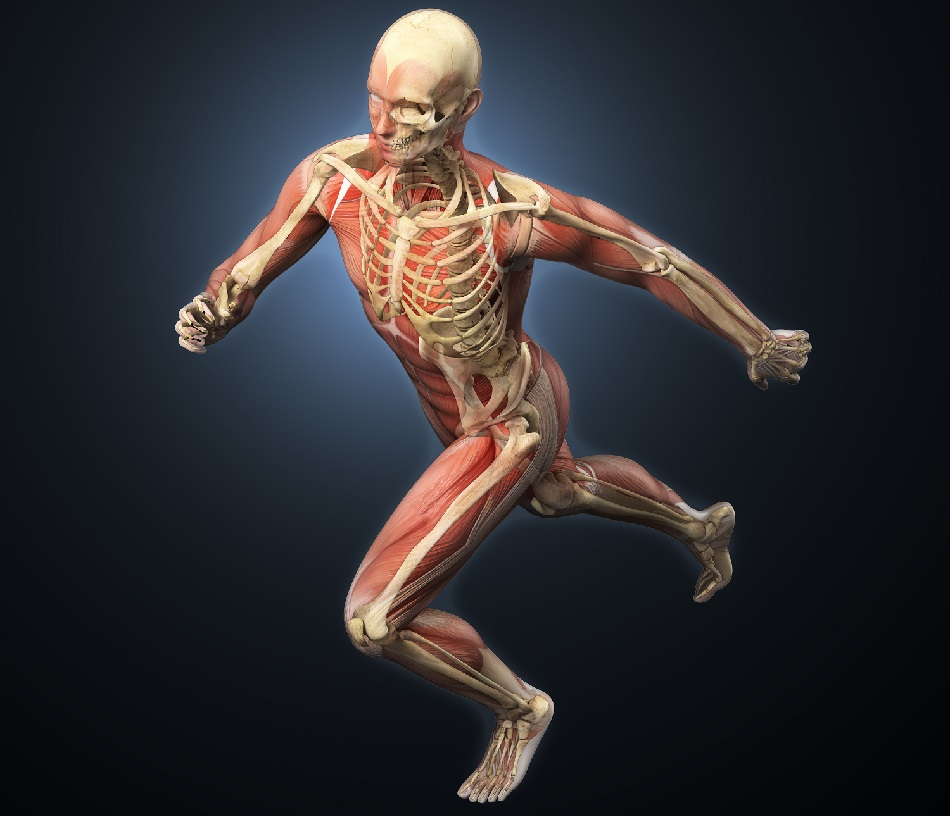By Kalwinder KaurNov 15 2012

Image Credit: Mopic/Shutterstock.com
Chirologia or the Natural Language of the Handwritten by John Bulwer in 1644 is the first well-known book tackling the topic of body language. The 19th century, on the other hand, was a time when attitude and emotions were conveyed by the students and actors of pantomime and drama through gestures and movements.
The connection between monkeys, apes, and humans was explained in The Expression of the Emotions in Man and Animals written by Charles Darwin in 1872. These species convey emotions using facial expressions acquired from a common ancestor. Precisely this concept of emotion expression gave birth to the study of animal behavior.
Human Behavioral Recognition
Researchers nowadays are presented with multiple challenges in recognizing actions using the sequences of depth maps. Similarly, identifying hand gestures impose even more concerns when the resolution of the depth map is low.
An experiment by Zhang. Z et al (2008) involved the utilization of a depth camera that uses structured infrared light. Seven subjects were tested to achieve the performance of 20 individual actions. These actions were divided into three sets. The overall recognition accuracy result for taking 1/3 of samples of all sets was 91.6%, 2/3 of samples was 94.2% and 1/2 of samples was 74.7%. The results were finally compared to 2D silhouettes in order to obtain an accurate representation of recognizing the actions.
Behavioral Kinetics Dynamic System
A behavioral kinetic object is a dynamic system, which changes with time. The system consists of an energy source, inputs, outputs and a control architecture. A combination of all these elements would form a complete object while the addition of other elements to the combination would yield a mass or a form. The following concepts describe the different elements of the behavioral kinetics dynamic system:
Input
Sensors converting the physical stimuli into electrical signals act as an interface between the world and the object.
Output
A behavioral kinetic object communicates or achieves its goal using the output.
Control System
A set of rules for creating behavior via mapping of both the input and output constitutes the control system of the behavioral kinetic object.
Skeletal Tracking
Several applications like motion analysis for diagnostic purpose, sport science, and animation work, face difficulties in evaluating the 3D motion of animals and humans. Currently, several scientific approaches are capable of tracking the tight clothing of a subject. On the other hand, some methods will only capture the subject’s 3D deforming surface and not the essentially important underlying skeleton.
A good example of research on skeletal tracking is presented by Gall et al. Gall’s team proposes an approach that tracks both deforming surface and skeletal motion by applying a body model with respect to multi-view image data. The body model is designed with the following features: bone skeleton with joints and a surface that deforms corresponding to skeleton motion. Moreover, the rapid body movements are easily tracked by applying a low-dimensional motion parametrization of a skeleton. This particular approach demonstrates the use of technology for high dimensional skeleton models which further has about 35 degrees of freedom and large data sets.
Human Pose Tracking
Xu et al (2001) extracted an initial pose model having 13 joint points and using Yang and Ramanan’s articulated pose estimation method. The team further extended their research to incorporate the local motion of the joint points. This is an important addition as focus on skeletal pose alone is not enough for recognizing good activity from a statistical point of view. Hence, a histogram was computed for oriented 3D gradients (HoG3D) around the point in order to capture the information on local motion for each skeletal joint point. Several multiscale HoG3D vectors are derived by a single histogram. The following video is a short demonstration of human pose tracking using a particle filter.
Human Pose Tracking using APF
Conclusion
The dynamic pose of the skeleton alone is not enough for differentiating certain human behaviors that have spatial distributions similar to that of limb points. Therefore, having an activity recognition setting in addition to a set of features with a kernel intersection SVM as the base classifier is an important extension of the system. Results from the experiments show that a dynamic pose acts as a middle-level representation of articulated human motion.
Sources and Further Reading
- Shotton. J, Fitzgibbon.A, Cook.M, Sharp.T, Finocchio.M, Moore.R, “Real-Time Human Pose Recognition in Parts from a Single Depth Image”, in Proc. CVPR, June 2011.
- Li.W, Zhang.Z, and Liu.Z, ``Expandable Data-Driven Graphical Modeling of Human Actions Based on Salient Postures'', IEEE Transaction on Circuits and Systems for Video Technology, Vol.18 No.11, pages 1499-1510, 2008.
- Li.W, Zhang.Z, and Liu.Z, "Action Recognition Based on A Bag of 3D Points", in Proc. IEEE International Workshop on CVPR for Human Communicative Behavior Analysis (CVPR4HB), pages 9- 14, San Francisco, CA, USA, June 18, 2010.
- Ren.Z, Yuan.J, and Zhang.Z, ``Robust Hand Gesture Recognition Based on Finger-Earth Mover¡¯s Distance with a Commodity Depth Camera'', in Proc. ACM International Conference on Multimedia (ACM MM), Scottsdale, Arizona, USA, Nov. 28--Dec. 1, 2011. To Appear.
- Xu.R, Agarwal.P, Kumar.S, University of New York at Buffalo, NY, USA , 2012.
- Reas.C, 2001, Behavioral Kinetic Sculpture.
- Gall.J, Stoll.C , Aguiar.E, Theobalt.C , Rosenhahn.B, Stanford University, Leibniz-Universit¨at Hannover, MPI Informatik, BIWI, ETH Zurich.
This article was updated on 6th February, 2020.
Disclaimer: The views expressed here are those of the author expressed in their private capacity and do not necessarily represent the views of AZoM.com Limited T/A AZoNetwork the owner and operator of this website. This disclaimer forms part of the Terms and conditions of use of this website.